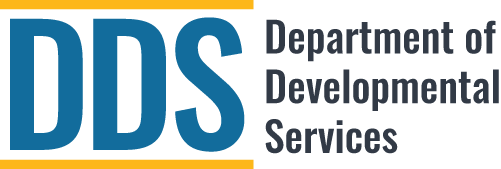What are the Standards?
Transaction and Code Sets: The following transactions, when performed electronically, must adopt the HIPAA standards.
- Submitting claims for payment and remittance
- Enrolling and dis-enrolling an individual in a health plan
- Paying health care premiums
- Checking eligibility for health care benefits and coverage
- Requesting authorization for services
- Responding to requests for additional information to support a claim.
- Coordinating the processing of a claims across different insurance companies
- Notifying the provider about the payment of a claim.
The medical code sets that must be used for the transactions listed above are:
- International Classification of Diseases (ICD-9-CM), for reporting diagnosis and inpatient hospital procedures.
- Health Care Financing Administration Common Procedure Coding System (HCPCS) and the Current Procedure Terminology (CPT-IV), for provider and other medical services including outpatient hospital procedures.
- National Drug Codes (NDC) for drugs and biologics
- The American Dental Association’s Codes on Dental Procedures and Nomenclature for dental services
Privacy: The Privacy Rule establishes standards to protect the confidentiality of personal health information. These standards set specific parameters in regards to:
- The use and disclosure of health information.
- Individual’s rights to access their health information
- Disclosure of health information to the minimum needed for the intended purpose
- Penalties for intentionally disclosing health information or obtaining information under false pretenses.
Security: The proposed security rule establishes standards based on best business practices for safeguarding and protecting electronic health information systems from improper access or alteration. These practices include:
- Development, implementation and enforcement of security policies and procedures.
- Documentation of security management processes.
- Certification and internal audit of system security
- Implementation of physical access and audit controls
Unique Identifiers: HIPAA establishes national identification numbers for:
- Employer Identifier Number: Adopts the existing Employer Identification Number (EIN) assigned by the Internal Revenue Service for employers in the health care industry as a unique identifier when conducting transactions for health plan enrollments/premium payments.
- National Provider Identifier: Proposes use of a standard identifier for hospitals, doctors, nursing homes, and other health care providers when filing electronic claims with public and private insurance programs.
- National Health Plan Identifier: Proposes a unique identifier for health plans, making it easier for health care providers to conduct transactions with different health plans.
- HIPAA Law Basics
- Understanding the HIPAA Law
- Privacy Rule Booklet
- HHS.gov Health Information Privacy
- Submit a notice of breach to HHS-OCR
- Department of Justice, California Attorney General
- Submit Data Security Breach to DOJ-OAG
- California Office of Health Information Integrity (CalOHII)
- Privacy Rules
- Federal Regulations
- Statewide Health Information Policy Manual
Español (Spanish) | العربية (Arabic) | Արեւմտահայերէն (Armenian Western) | درى (Dari) | فارسی(Farsi) | हिन्दी (Hindi) | Lus Hmoob (Hmong) | 日本語 (Japanese) | ខ្មែរ (Khmer (Cambodian) | 한글 (Korean) | ລາວ (Laotian) | Português (Portuguese) | Русский (Russian) | 简体中文 (Simplified Chinese) | Tagalog | 繁體中文 (Traditional Chinese) | اردو (Urdu) | Tiếng Việt (Vietnamese) | Mienh (Mien)
Last modified: February 28, 2025



